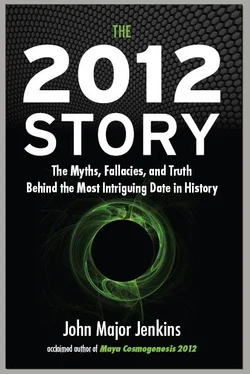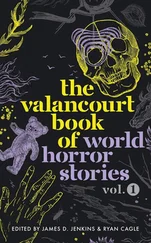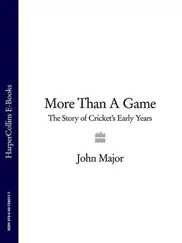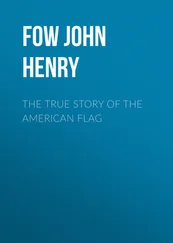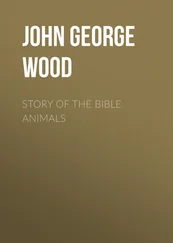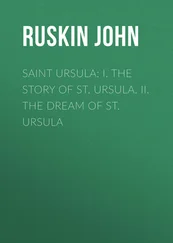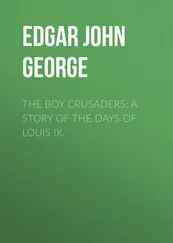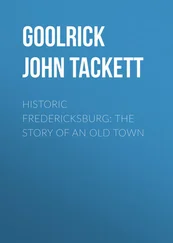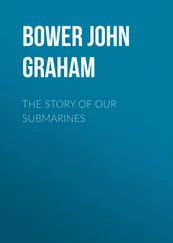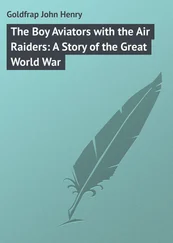The realistic drawings by Catherwood were no doubt critical for helping outsiders understand the scope and scale of the lost civilization. Unfortunately, Catherwood’s name was left off the cover. It’s a sad and ironic fact that neither Stephens nor Catherwood lived long enough to see the era of scientific exploration they had spawned. Stephens died of liver disease at the age of forty-six in 1852. Catherwood drowned in a shipwreck in the Atlantic in 1854. By the 1860s, poor though compelling photographs were being made at the sites, providing undeniable proof that a lost civilization was buried in the jungles of Mexico. And other indications of an ancient high culture were emerging, in manuscripts discovered and published by an enterprising cleric who hid Atlantean theories under his ecclesiastical robe.
Born in Holland in 1813, Charles Étienne Brasseur de Bourbourg spent his early years writing novels in Paris. He then went to Rome to study theology and was ordained for the priesthood. His eye, however, was always on Maya mysteries. Inspired by Stephens’s and Del Rio’s books, he set off for America in 1845. His ability to find forgotten manuscripts in moldy archives was uncanny. He located unpublished histories of New Spain penned by Las Casas and Durán, and an original history of the Aztecs written by Ixtlilxochitl. He spent several years in Mexico City and environs, learning the Nahuatl language, and thereafter traveled through Guatemala, El Salvador, as far as Nicaragua, looking for artifacts and manuscripts. In Guatemala he found The Annals of the Cakchiquels as well as Ximénez’s translation of The Popol Vuh stashed away in church archives.
Returning to Paris in 1861, he published The Popol Vuh in a French translation. While there, he was given access to the Aubin collection of rare books and manuscripts from the Americas. Studying his own findings and the unparalleled Aubin collection, never before made available for perusal, de Bourbourg produced a four-volume study of Mesoamerican history and religion called Histoire des Nations Civilisées du Mexique et de l’Amérique Centrale . It so impressed Spanish historians that they opened their own museum collections for his study. In the Archives of the Academy of History he found de Landa’s long-forgotten manuscript Relación de las Cosas de Yucatán . Brasseur quickly published it, recognizing it as a key to helping decipher the Maya script. He could now identify the glyphs for the 20 day-signs of the 260-day sacred calendar as well the month signs of the 365-day civil calendar, but as a Rosetta Stone de Landa’s ideas and misleading presentations proved maddening.
As if these accomplishments in bringing to light lost books weren’t enough, Brasseur befriended a descendant of Hernan Cortés in Madrid and in 1864 was shown what became known as the Madrid Codex—an original Maya book from Yucatán containing astronomical almanacs and bewildering arrays of glyphs, gods, and calendar dates. It was an inscrutable text in which Brasseur nevertheless claimed to see many things. Following Alexander von Humbolt’s earlier belief that primitive contemporary cultures were fragments of an older high civilization destroyed by natural catastrophes, Brasseur came to believe that Egypt and Central America were rooted in the same cultural origin, and at other times migrations were caused by comets, meteors, and geological disruptions having celestial origins. The flood myths he encountered were seen to be evidence for cataclysms in ancient times, and he described them as an early rendition of the Atlantis myth, soon to be made popular by Ignatius Donnelly’s Atlantis: The Antediluvian World (1882).
Brasseur de Bourbourg continued writing books, but his ideas on the origins of Mesoamerican cultures grew progressively less credible to his peers. By the time he wrote Chronologie Historique des Mexicains he firmly believed that the Aztec legend of Quetzalcoatl was connected with Plato’s myth of Atlantis. He elaborated the theme freely and asserted that in 10,500 BC a sequence of four cataclysms occurred and that human civilizations originated not in the Middle East but in a continent that once extended from Yucatán into the Atlantic Ocean. Having sunk beneath the waves in cataclysmic upheavals perhaps triggered by meteors, the remnants were the Canary Islands. Here we find the seed point for much Atlantean speculation and writing that is a constantly resurfacing theme in the treatment of Maya history.
Perhaps a grain of truth is preserved in the persistence of this Atlantis mythos. The Maya were indeed advanced in ways bizarre and difficult to fathom. They held metaphysically elegant and spiritually profound doctrines that the modern scientific mind-set in particular is ill-disposed to grasp. Did they achieve a kind of consciousness fundamentally different from modern consciousness, and might that consciousness in some way be called, with good reason, “Atlantean”? Certainly the topic has been distorted, used, and abused through the years, but its very persistence suggests that it would benefit from a reappraisal.
Brasseur’s critics, once his fans, observed his increasingly alienating interpretations with disappointment. His perspective grew more and more strange, such that serious scholars who had once deferred to him became less and less confident in his ideas. Brasseur, for his part, insinuated that his critics had not studied the traditions of the Americas enough and harbored Old World biases. World history, he insisted, would be incomplete if the documents of the New World were left out. Despite his fall from grace in the eyes of his contemporaries, he is remembered as single-handedly bringing to light many hidden and forgotten texts of great importance, earning him a place of respect in the annals of independent sleuth-scholarship. Many of Brasseur de Bourbourg’s insights have slipped into consensus with barely a mention of credit.
DR. LE PLONGEON RAISES THE CHAC MOOL
The curious career of Dr. Augustus Le Plongeon was passed over almost without comment by Michael Coe in his book Breaking the Maya Code . But of all the fascinating characters that have danced on the stage of Maya studies, he should receive top billing. Completely self-funded, the sheer commitment and effort of Le Plongeon to recover monstrous stone artifacts and explain their perplexing circumstances are amazing to consider.
Born in France in 1826, he came to idolize John Lloyd Stephens, whose accounts of traveling among Maya ruins must have stimulated his young mind. On his way to the Americas at age fourteen, he was one of two survivors of a disastrous shipwreck. He lived in South America for some years before arriving in California in time for the ’49 Gold Rush. There he became a surveyor, practiced law in San Francisco, and acquired a degree in medicine (how he acquired it is not very clear). Traveling around the world, he eventually set up a private hospital in Peru in the 1860s, offering an experimental therapy of applying electrical current to medicinal baths. Always attentive to the mysteries that surrounded him, he studied Inca ruins, history, and culture. While in Peru he wrote religious books on Jesus and a practical manual on photography.
In 1873, Le Plongeon traveled to Yucatán with his new wife, twenty-two-year-old Alice Dixon. He was always quick to mention his wife as his collaborator in the field, and they spent twelve years exploring the Maya ruins in Yucatán. Together they lived near Chichén Itzá while taking more than five hundred photographs, making drawings, surveying buildings and site alignments, and unearthing a huge sculpture of a reclining Chac Mool, a Yucatec Maya deity whose belly contained a stone bowl in which new fire was ceremonially drilled. Those days in Yucatán, a distant backwater from the ruling center of Mexico City, were dangerous because revolutionary sentiments that had exploded in the Caste War, an indigenous uprising in the 1860s, were still simmering.
Читать дальше
